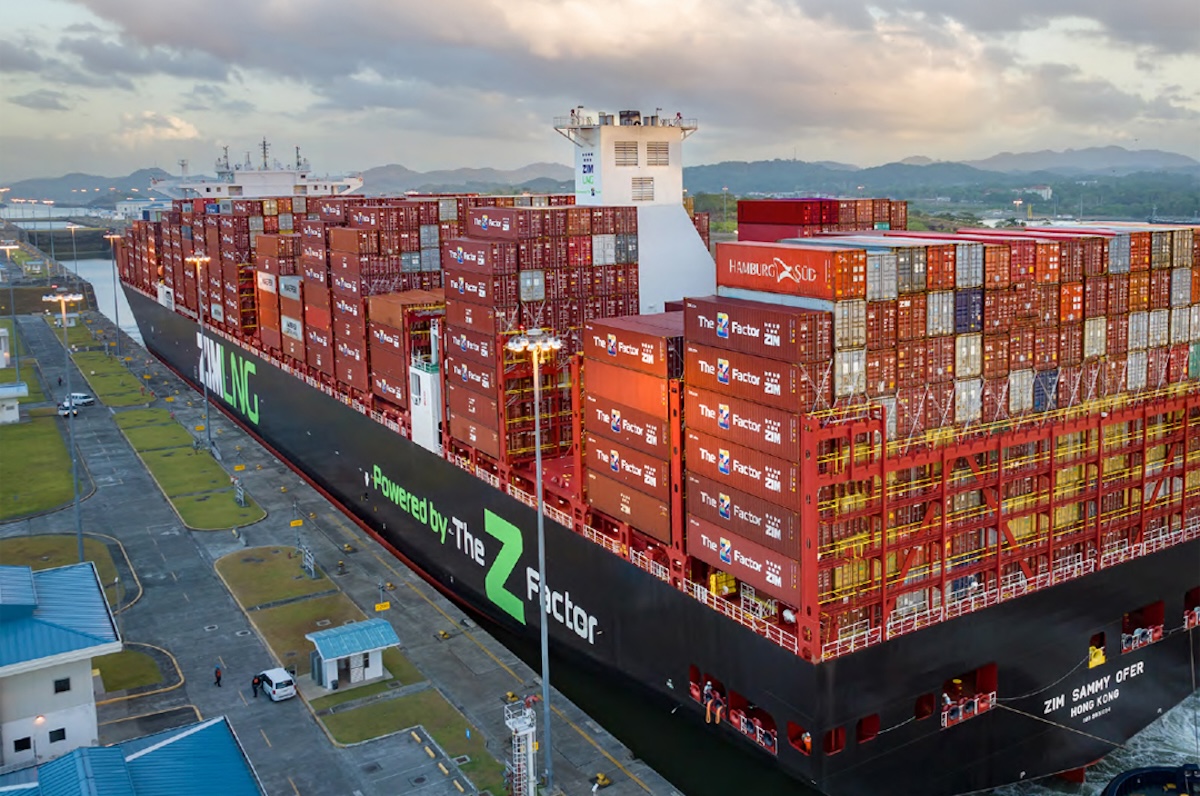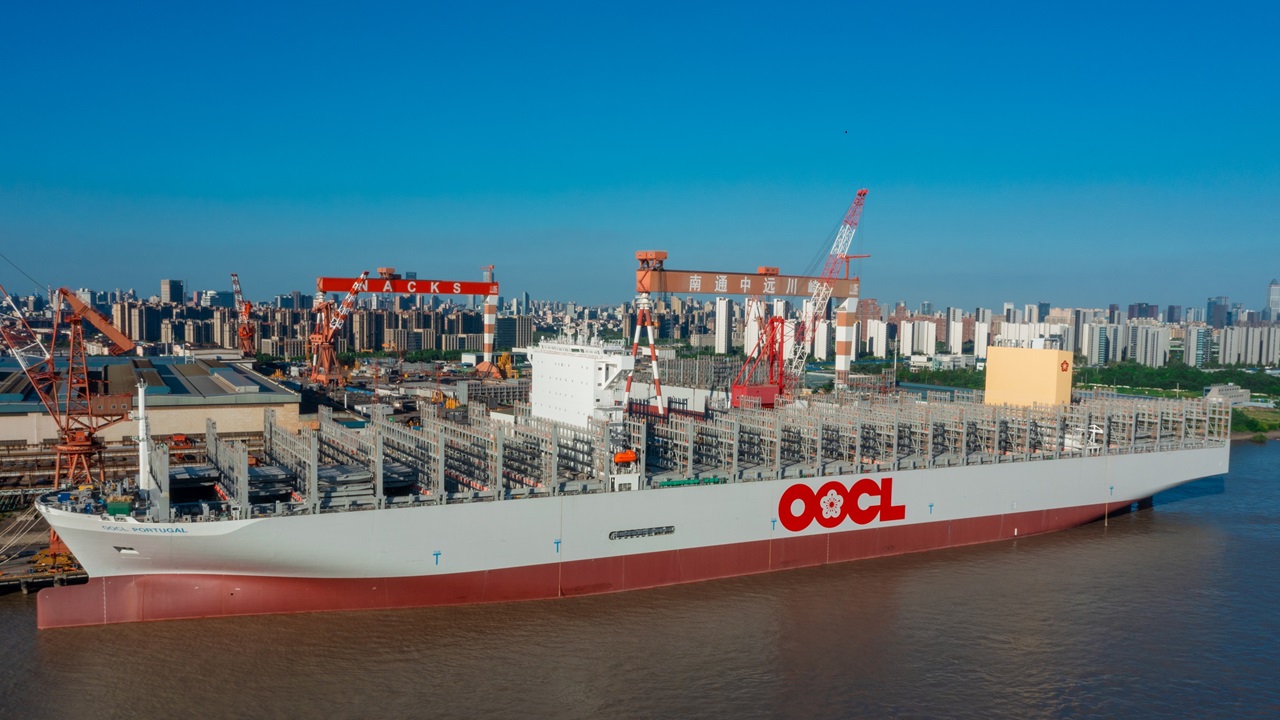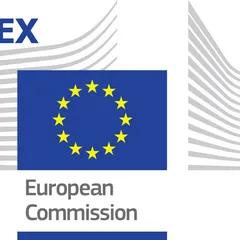TRUMP TRADE WAR ON THE TRANS-PACIFIC HITS ZIM Q2 PROFITS
ZIM Integrated Shipping Services Ltd. saw earnings sag as President Trump’s trade war on China hit trans-Pacific container volumes.

ZIM Integrated Shipping Services Ltd. said profits plunged in the second quarter as President Donald Trump’s on-again off-again tariff fight with China led to lower trans-Pacific container volumes than a year ago.
The Haifa-based carrier (NYSE: ZIM) said net income for the three months ended June 30 was $24 million, down from $373 million in the second quarter of 2024, while diluted earnings per share of $.19 fell from $3.08.
Zim’s business model is heavily leveraged toward spot container rates on trans-Pacific routes from Asia to the United States, which have tumbled in the wake of President Donald Trump’s global trade reset.
Adjusted earnings before interest, taxes, depreciation and amortization (EBITDA) totaled $472 million, down 38% y/y. Operating income (EBIT) was $149 million, against $468 million. Adjusted EBIT was $149 million, compared to $488 million in the second quarter of 2024.
Revenues declined 15% to $1.64 billion, off 15% y/y.
“Amid market disruptions and volatility, we continued to leverage our upscaled capacity and improved cost structure in Q2,” said President and Chief executive Eli Glickman, in an earnings release. “In this highly uncertain market environment, our focus is controlling what we can to position Zim for sustainable and profitable growth over the long term.”
Container volume in the second quarter decreased 6% to 895,000 twenty foot equivalent units (TEUs). The average freight rate per TEU trailed year-ago levels by 12% at $1,479.
Glickman said Zim’s modern fleet, averaging 6.5 years per vessel, and agile commercial strategy will enable the company to respond quickly to demand changes across trade lanes.
Zim raised its full-year guidance for adjusted EBITDA between $1.8 billion and $2.2 billion, up from $1.6 billion to $2.2 billion, and adjusted EBIT between $550 million and $950 million, from $350 million to $950 million.
Stuart Chirls








